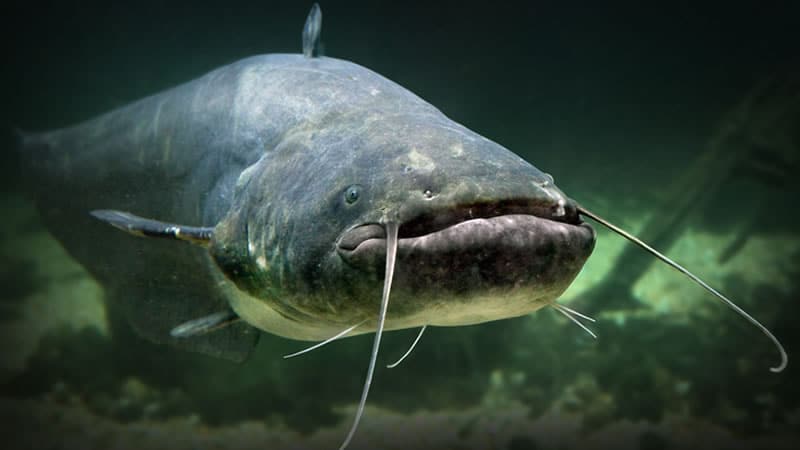Up Up and Away
Hot air balloons mainly rely on buoyancy to float into the air. Specifically, the balloon’s buoyancy is generated from its burners that release warm air inside the balloon. This happens when the heated air from the burners expands and becomes less dense than the air that surrounds it. When the hot air is trapped inside the balloon, it will exert additional weight up into the air and eventually, generate thrust to lift the aircraft.
 One of the most common questions asked by people regarding hot air balloons is ‘Why is hot air less dense than cooler air?’ This is because when one heats matter to a certain degree, its individual components like molecules and atoms vibrate more. This forces the molecules apart and causes the substance to rapidly expand and therefore become less dense.
One of the most common questions asked by people regarding hot air balloons is ‘Why is hot air less dense than cooler air?’ This is because when one heats matter to a certain degree, its individual components like molecules and atoms vibrate more. This forces the molecules apart and causes the substance to rapidly expand and therefore become less dense.
The expansion of gases is difficult to see with the naked eye, but it is this process that makes the air inside the balloon less dense. Heating also causes gas components to move rapidly and make collisions with other components much harder. The result would be a more massive expansion. This, in fact, will increase their volume and density by roughly one percent for every six-degree rise. So, warm air has fewer molecules in a given volume than cool air.
The balloons that are still on the ground, have an equal density of the air inside and out. Using propane burners, fans, and forcing hot air into the balloon will generate thrust that is needed to lift it into the air.







